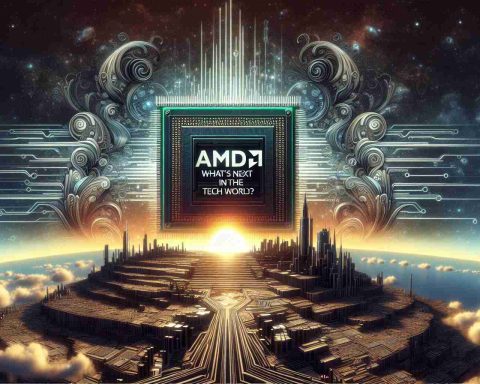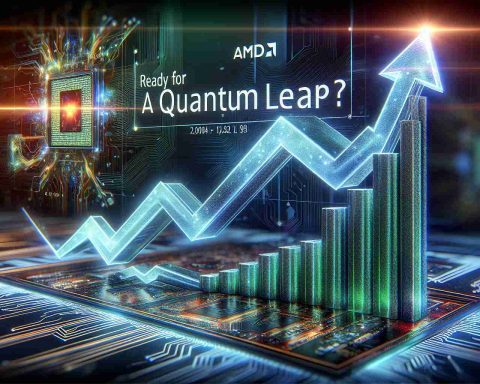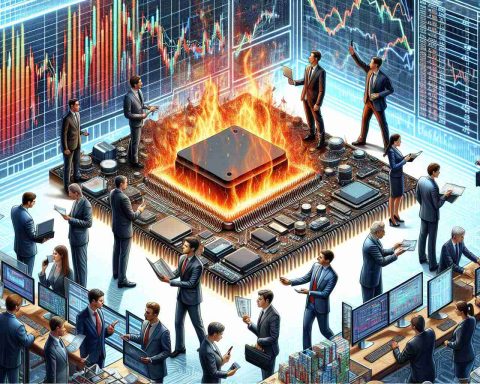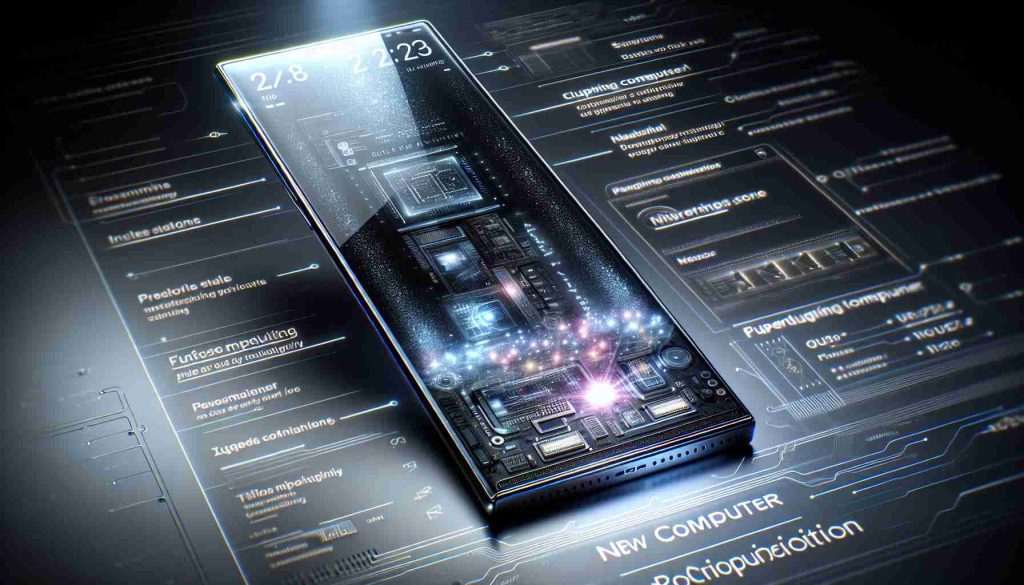In an unprecedented move, Nvidia has ascended to the prestigious Dow Jones Industrial Average alongside Sherwin-Williams, marking a significant milestone for the semiconductor giant. Despite shedding major players like Intel and Dow, the Dow Jones index committee selected Nvidia due to its exemplary reputation, consistent growth, and popularity among investors.
Even though joining the Dow doesn’t alter Nvidia’s core financials directly, history suggests positive stock performance often follows. On average, newly added companies experience around a 9% stock price increase in the following year. With Nvidia trading at nearly $149 on the day of its inclusion, such growth could see its shares nearing $162 by next November.
However, Nvidia’s journey in the Dow also places it in comparison with the S&P 500, which historically outpaces new Dow additions with a median return of 17%. Such patterns raise questions for Nvidia’s stock performance against broader market trends.
Beyond stock indices, Nvidia’s impact on artificial intelligence is monumental. Its GPUs lead the way in AI development, powering innovation with unprecedented speed and efficiency. In recent financial results, Nvidia’s revenue catapulted by 94% to $35 billion, with earnings similarly surging.
The company’s strategic production of advanced GPUs and AI software signals strong demand, which Chief Financial Officer Colette Kress emphasized as “staggering.” The software segment, in particular, showcases significant growth, doubling Nvidia’s AI revenue projections.
For investors with patience and resilience, Nvidia’s promise in AI and its strategic position in the Dow may indeed offer lucrative opportunities.
How Nvidia’s Rise in AI and its Dow Inclusion Redefines Global Technology
Nvidia’s Ascension to the Dow and Its Global Ripple Effect
Nvidia’s recent induction into the Dow Jones Industrial Average marks more than just a symbolic victory for the semiconductor titan; it signifies a broader shift in the global tech landscape. As Nvidia enters this elite group, it is poised to make waves not only in financial markets but in how countries, communities, and individuals engage with technology.
Nvidia’s AI Leadership: Transforming Industries
While Nvidia is celebrated for its graphics processing units (GPUs), its influence stretches far into the realm of artificial intelligence (AI). Sectors such as healthcare, automotive, and finance are leveraging Nvidia’s cutting-edge AI capabilities to innovate in ways previously unimaginable. For instance, its technology is aiding in the training of autonomous vehicles, which could reshape cities by reducing traffic congestion and lowering accident rates. Moreover, in medicine, Nvidia’s AI-driven data analysis is proving instrumental in personalizing patient care and expediting drug discovery.
Local and Global Economic Impacts
The Turbocharging of AI through Nvidia’s technology doesn’t only increase productivity; it reshapes job markets. While some fear AI-related displacements, Nvidia’s growth heralds new opportunities in tech roles, potentially leading to reskilling programs and educational initiatives worldwide. Communities that adapt to these changes could see economic growth, fostering innovation hubs and attracting investments.
Environmental Considerations
One controversial aspect of Nvidia’s expansion is the environmental footprint of its data centers where AI training takes place. High energy consumption and electronic waste pose challenges. Nevertheless, Nvidia is investing in more sustainable operations, utilizing renewable energy sources and seeking to develop more energy-efficient GPUs.
Advantages and Disadvantages of Nvidia’s Growth
Advantages:
– Innovation Acceleration: Nvidia’s technology accelerates progress across multiple industries.
– Economic Opportunities: New tech roles and jobs may emerge, disrupting stagnant economies.
– Global Influence: Nvidia strengthens its position as a leader in the tech industry, promoting international collaborations.
Disadvantages:
– Environmental Concerns: The carbon footprint from data centers needs addressing.
– Job Market Disruption: Traditional roles may be displaced, necessitating retraining.
– Market Volatility: Investors might face uncertainties linked to broader economic trends.
Critical Questions and Answers
How does Nvidia’s emphasis on AI affect global security?
AI advances can aid in areas like cybersecurity and military applications, but they also present risks if misused. Balancing innovation with regulation remains key.
Does Nvidia’s market position threaten smaller tech firms?
While Nvidia’s dominance could overshadow smaller entities, it also offers partnership opportunities that might drive collective growth in the sector.
For more information on Nvidia and its impact on the tech industry, visit www.nvidia.com.




















